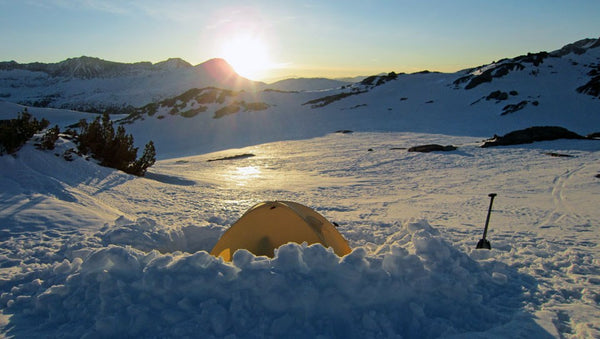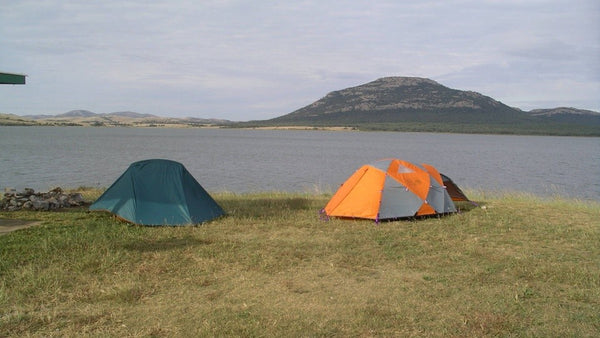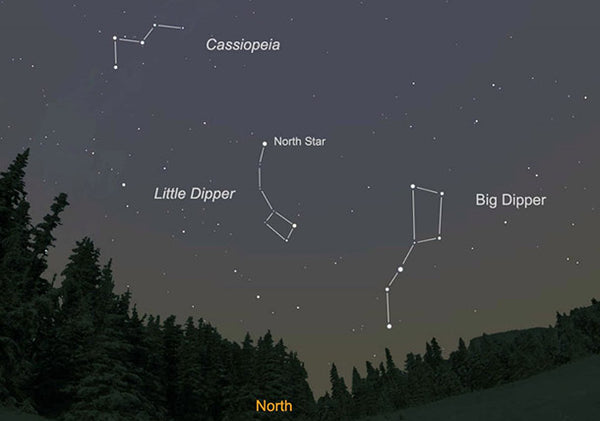17 WAYS TO PREVENT HYPOTHERMIA WHILE OUTDOORS
First, let me state the obvious becoming hypothermic is a serious matter for youth under our change. This is a quick post on preventing hypothermia, even if you or one of your youth are already wet.
Staying warm enough to keep your core body temperature at a high enough point is easier said than done when nature is against you. It’s not hard to think of a situation where it’d be really difficult to stay warm if a bad sequence of events took place, especially if you live in a cold or wet climate region of the world.
But we all also know that while it’s possible to treat hypothermia, the best measures you can take toward treating is preventing.
What can we do to help the odds more towards our favor? To make hypothermia less likely for your next winter outdoor adventure let start with Staying Dry:
STAY DRY
1. After finding a source of water, make finding/creating shelter the next thing you do.
It’s important, really important to have good shelter while you’re outdoors. Whether you need to make this yourself or can find a natural shelter like a cave doesn’t matter much – what you need is the ability to duck for cover in case of rain, snow, wind – you can’t just put it off because you’re hungry and would rather look for food.
2. If you possibly get a small fire going.
Don’t delay. You’ll never know when you need a fire, and having one going could take a long time without a lighter or a fire steel. Even if you do have tools to make it easy on yourself to light a fire – doesn’t mean you shouldn’t have one already up and running. Accidents happen – slip and fall into a lake? You’ll wish you had a fire already set.
3. Looks like it might start raining? Don’t be stupid! Wait out the storm while sheltered.
There’s no reason you should be walking further away from camp if it looks like it’s going to rain. Especially if you don’t have waterproof clothing, which, let’s be honest, it’s unlikely you won’t get wet at all if it starts pouring, even if you happen to have a raincoat and some good rain boots. Back to camp if it looks like storm clouds are brewing above.
4. Doing something physically strenuous? Try taking breaks so you don’t sweat.
Yes, you can catch hypothermia from getting wet from your own sweat. As sweat evaporates, it wicks away heat from your body – makes sense because that’s just what it was made to do! If it’s cold out and you’re sweating and then all of a sudden you stop doing such a physically laborious task, you’re going to get cold quick. Better to take it easy, do what you need to do, but less vigorously, and not break a sweat while you work.
5. Is the weather getting hotter? Take off layers – again: avoid sweating.
Again, don’t assume your shirt getting drenched in your own sweat is fine – you can get hypothermia no matter where in the world you are. If the temperature’s getting hotter as you trek along, take off a layer or two. You’re doing yourself a huge favor by preventing yourself from getting drenched in your own sweat. That would probably be the most frustrating way to get hypothermia ever as it’s so preventable.
IF YOU COULDN'T STAY DRY AND DID GET WET? DO THIS
6. Take off wet clothes.
Yes, it’s probably super cold out, but you should take off your wet clothes until they dry anyway. If you’ve got clothing layers that aren’t wet, continue to wear those, but since water close to your body wicks away your own heat, get the wet layers away from you and dry them off.
7. Dry wet clothes by leaving them in a sunny spot, and if you’ve got a fire, use that to help.
Again, obvious, obvious, obvious. But definitely, something that should be done.
CREATE A WARM, INSULATED SHELTER
8. Choose a location that’s not likely to get wet.
Easier said than done when you don’t know the environment you’re in sometimes, but do your best to make sure whatever spot you choose to create a shelter is not one that’s going to end up flooded.
9. Do your best to make sure your shelter is covered on all four sides – as well as above of course.
You never know which way the winds will turn, and so being covered on all four sides is your best bet. If your shelter is not covered on all four sides, fix it. Make doors for caves, and add walls to created shelters.
10. Use dry loose leaves or leaved branches to insulate your shelter.
You can put these on top of your shelter if you’ve made one out of wood yourself. You can use these inside your shelter as well, even if you’re in a cave. Put dry leaves wherever you want, they’re great for insulation.
11. Use dry leaves to create a bed for yourself.
If there are plenty of dry leaves around, continue to use them to your advantage. In case you’ve no access fire, continuing to insulate your shelter like this should help you out with remaining warm a lot.
COLD WHILE DRY? TRY THESE
12. Temperature dropping? Time to head back to your nice cozy shelter.
Again – don’t be stupid, stupid. Take precautions and if it seems like the temperature is beginning to drop, don’t take chances staying outside your shelter.
13. Windy out? Again – don’t be dumb, shelter yourself.
Wind can be biting levels of cold. If the wind is getting rougher, pack up and go use your shelter for what it’s meant to be used for.
14. Obviously, sit by a fire if you have one or can make one.
No need to explain this one at all.
15. Said you had that fire? Boil some water and pine needles; drink tea!
Comforts of indoors brought outdoors. Drinking tea is an excellent way of bringing up your core body temperature. Of course, you can simply have warm water, but if there are pine needles around, nicer to have the tea, I’d think.
16. Clothes not warm enough? Stuff your coat with dry leaves; they’ll act as insulation.
Listen, it may not be the most comfortable, though definitely shouldn’t be too bad, but if you can get a hold of dry leaves, do try this out if you’re cold while outdoors. Nothing better than natural insulation and little to no effort or energy expenditure to boost your core temperature.
17. Move around. Don’t just sit still. Really cold? Exercise. Do jumping jacks.
This includes while you’re waiting for your clothes to dry if that’s the case. Hoping you have the energy to expend because you’ve enough food, but regardless if you think hypothermia might be a possibility, you should be doing this as a last resort to keep warm.
How to do you keep warm during winter hiking and camping?
Leave a comment
Comments will be approved before showing up.
Also in News & Skills




Richard White II
Author